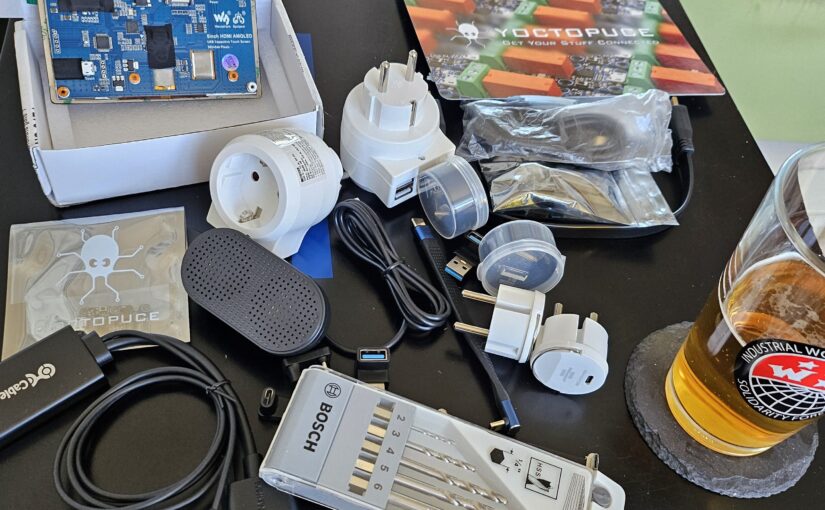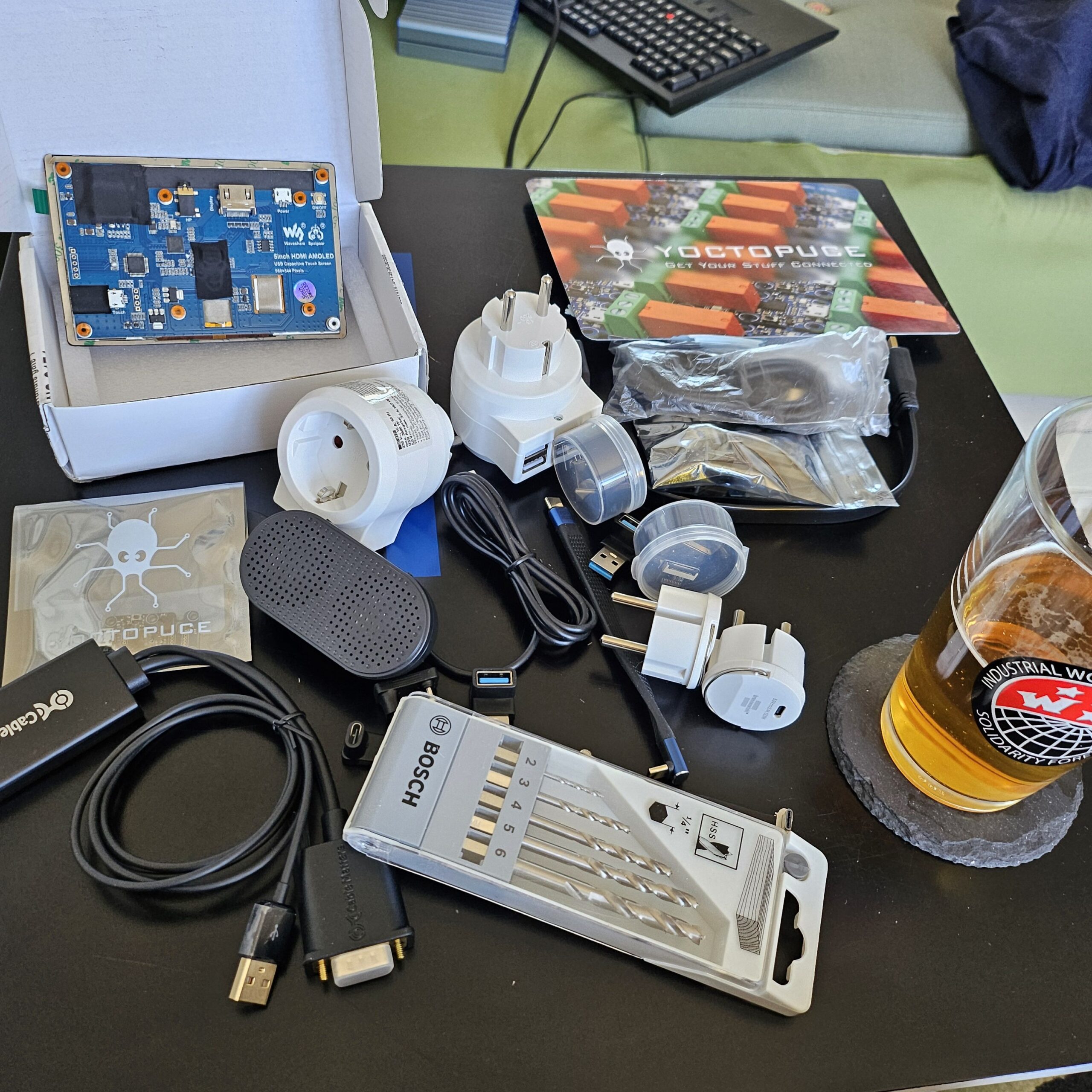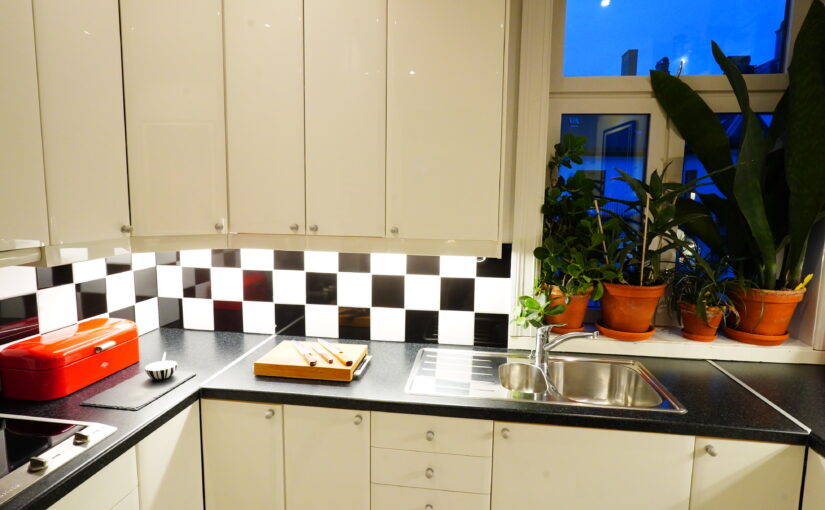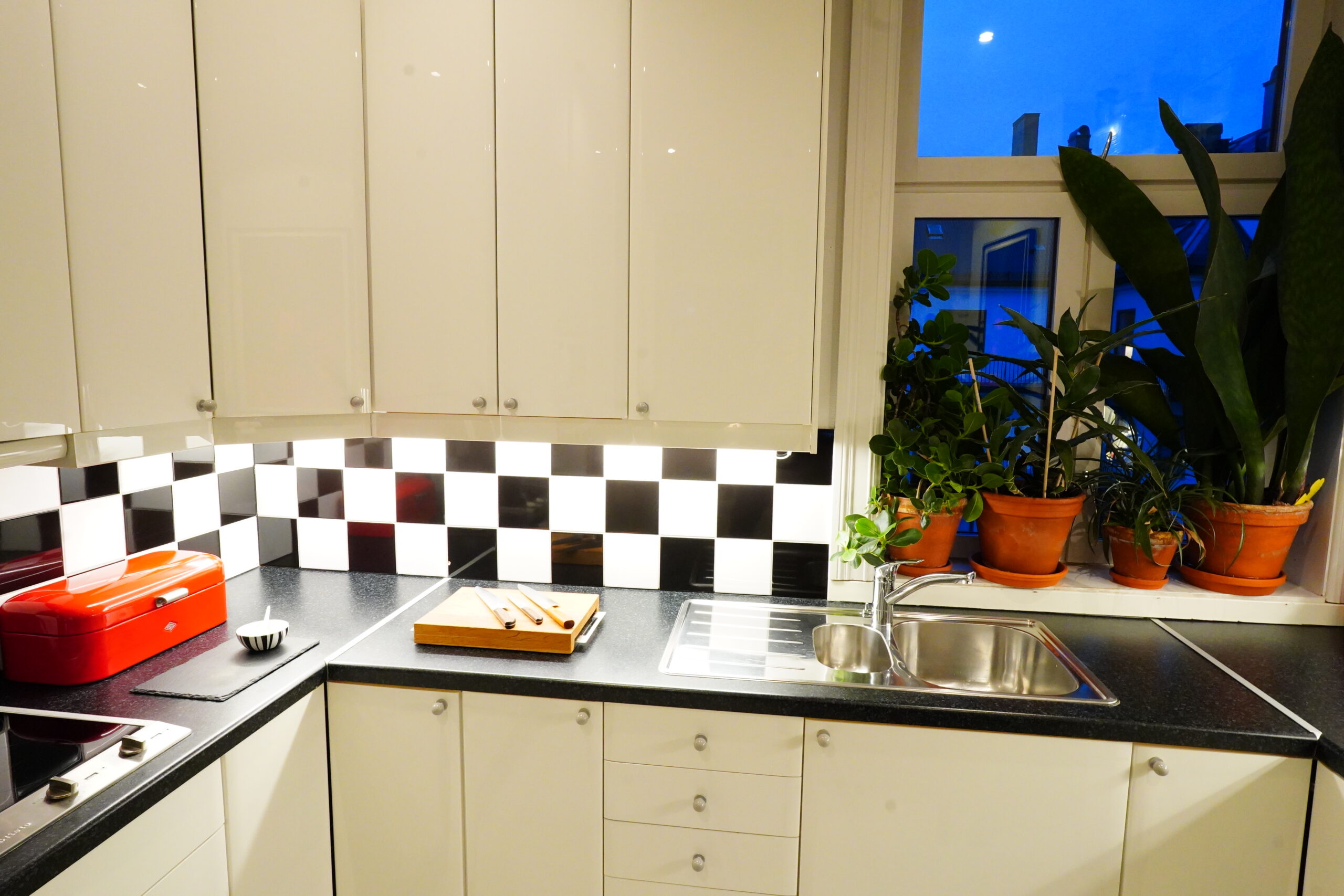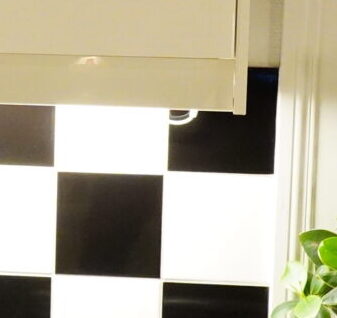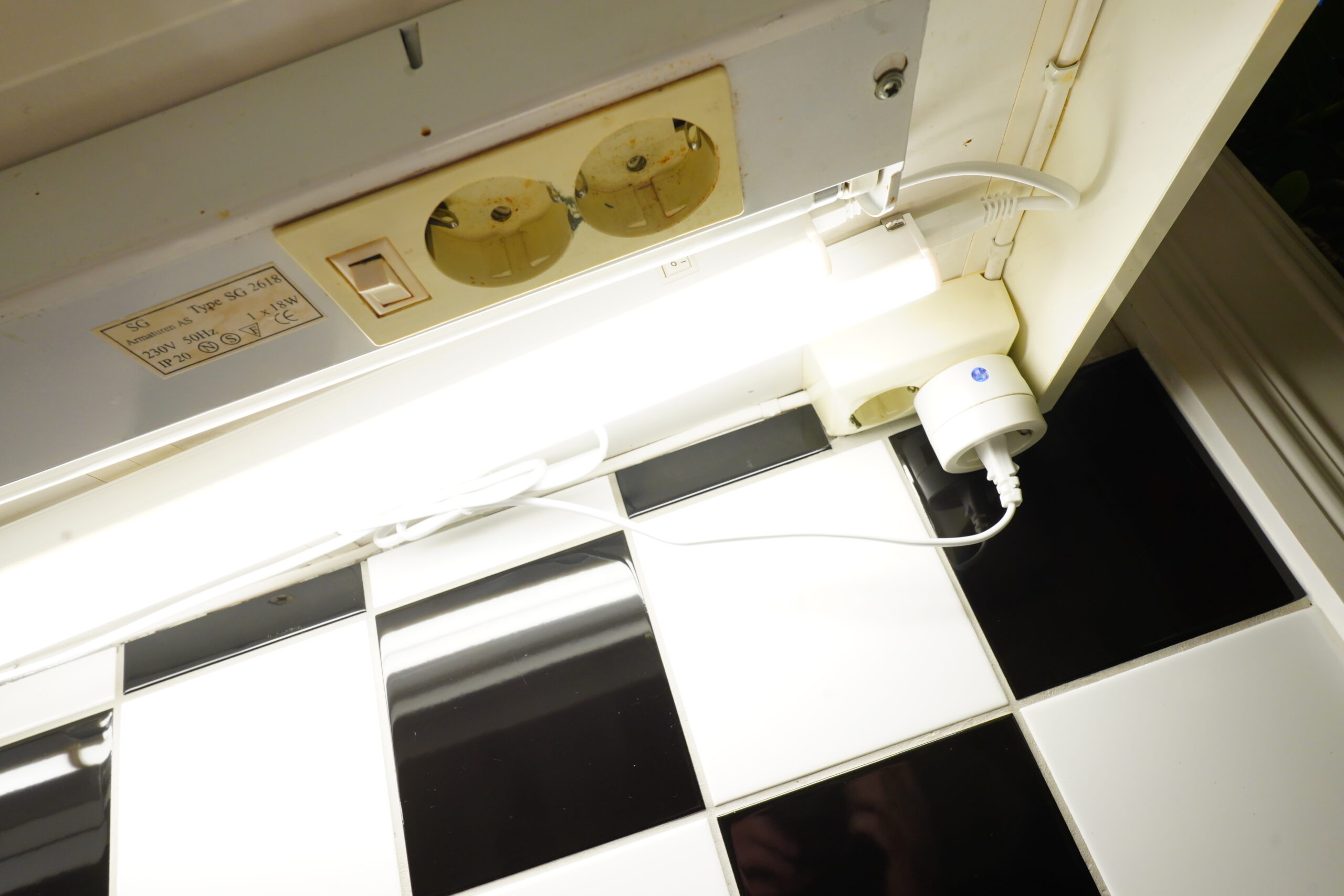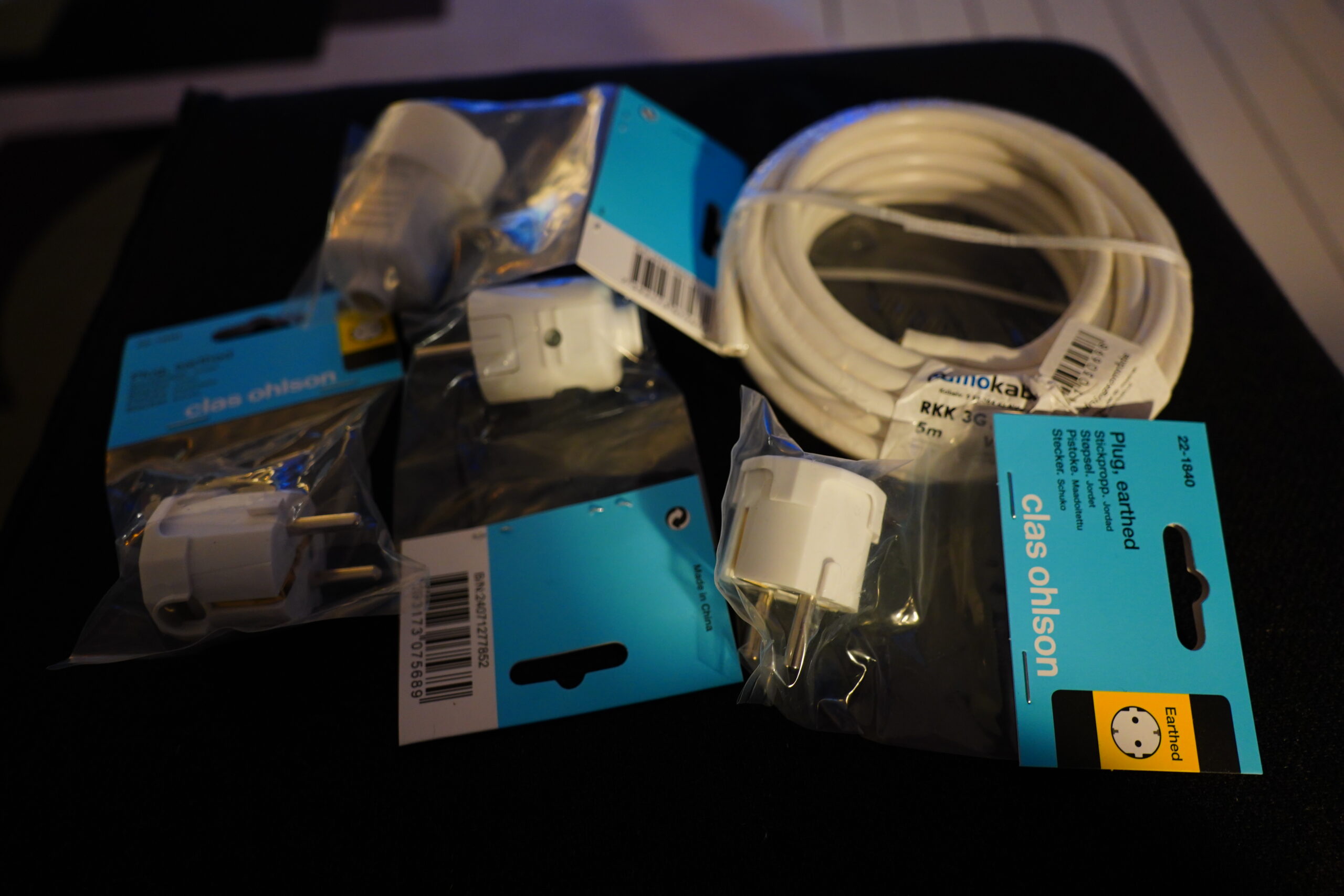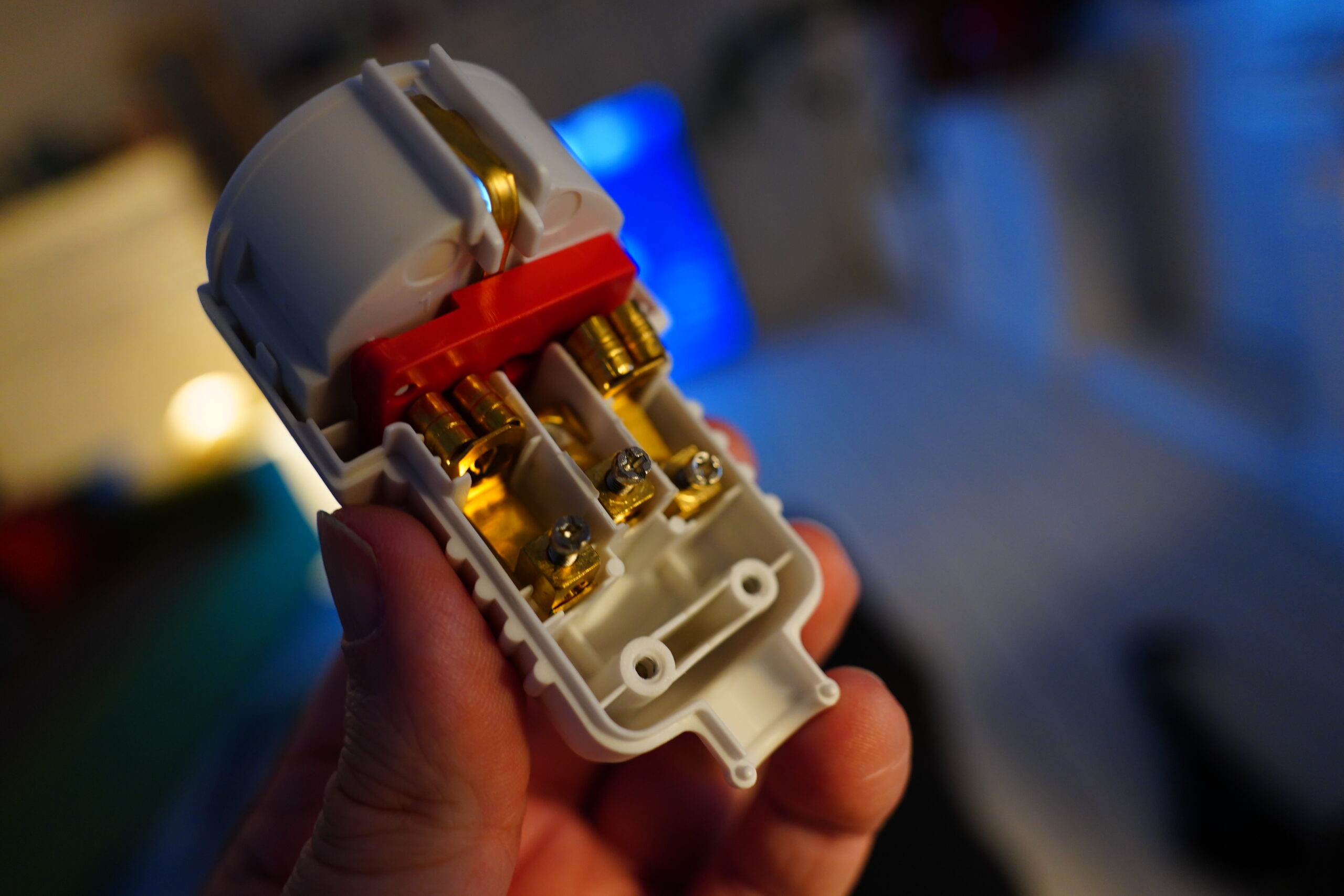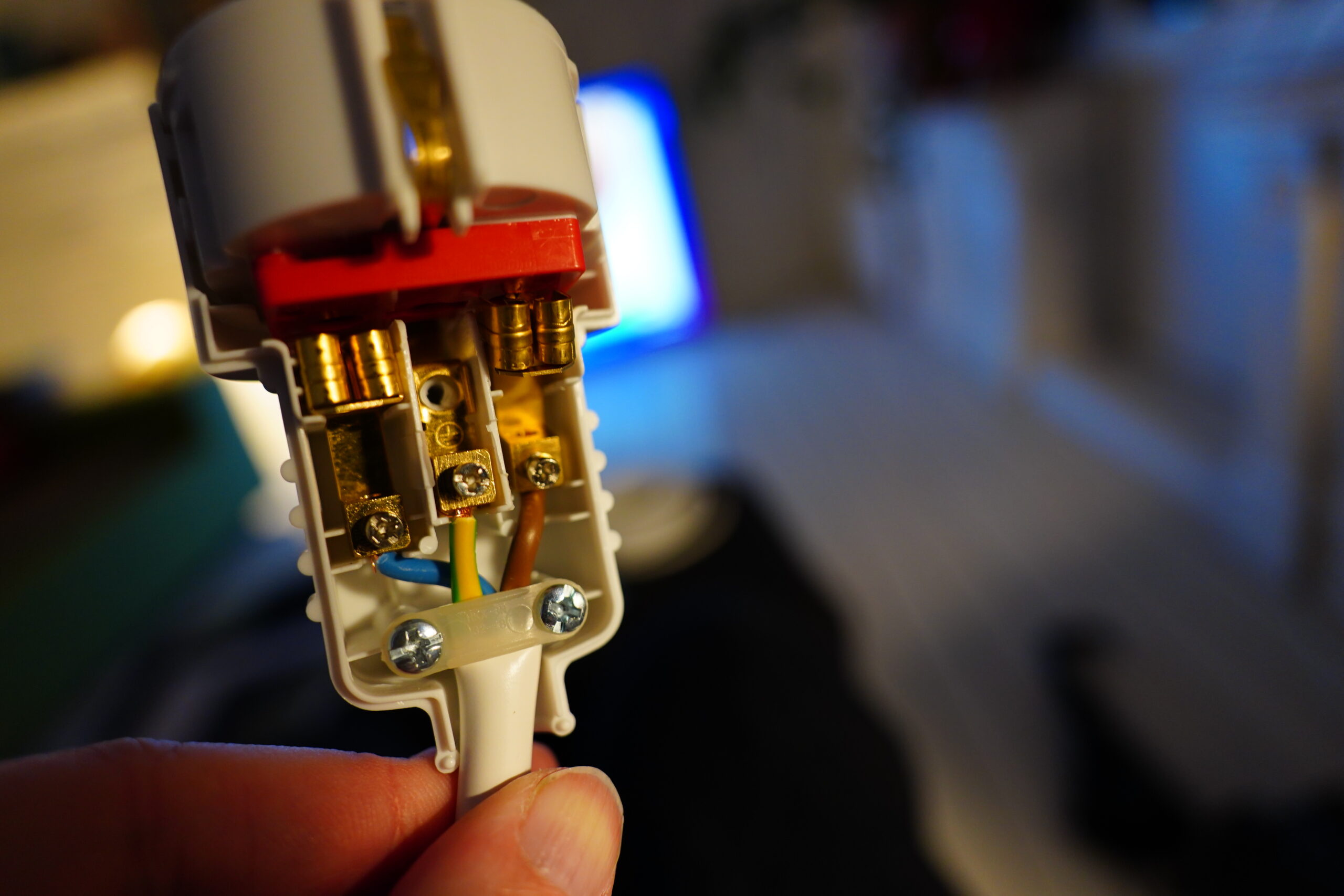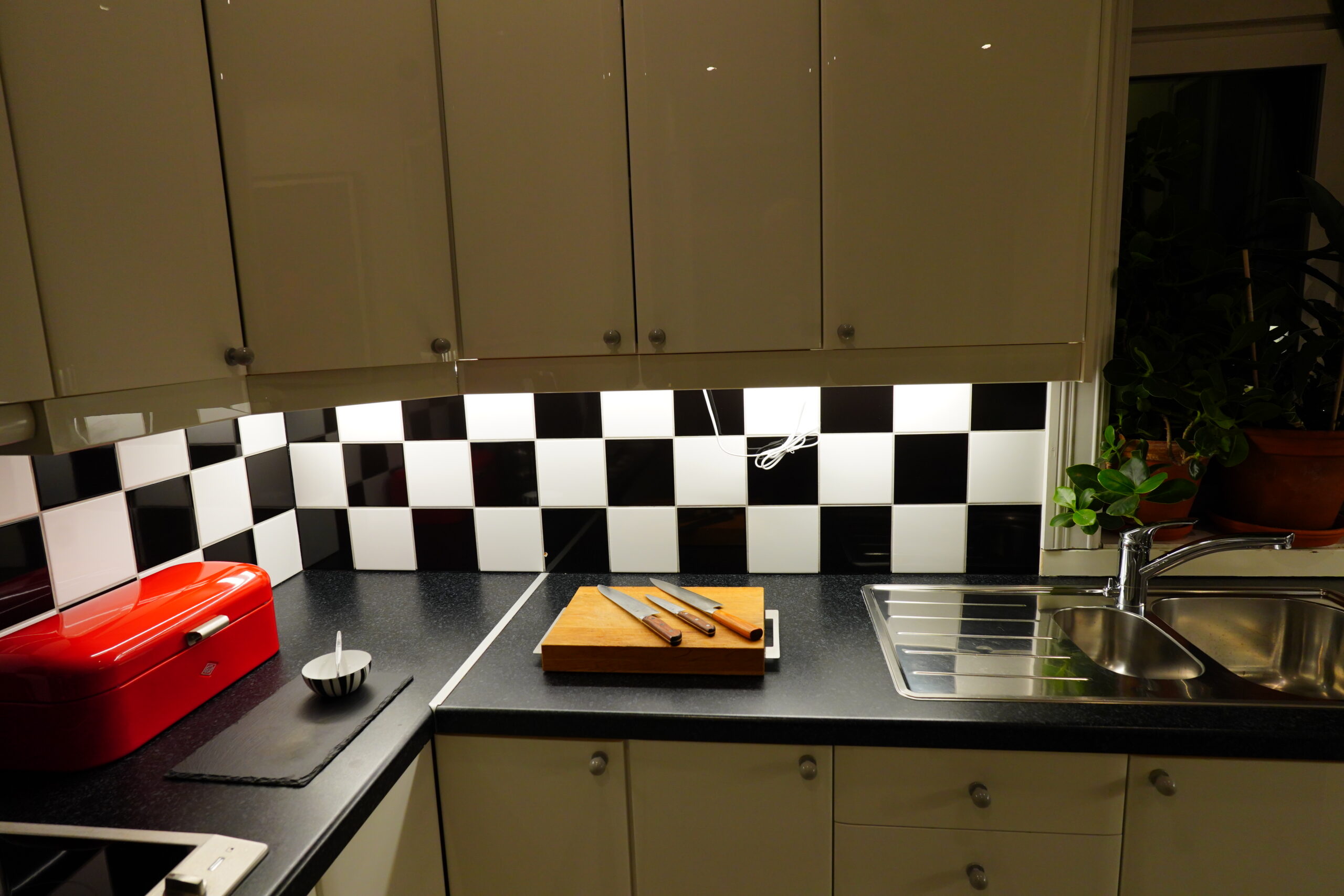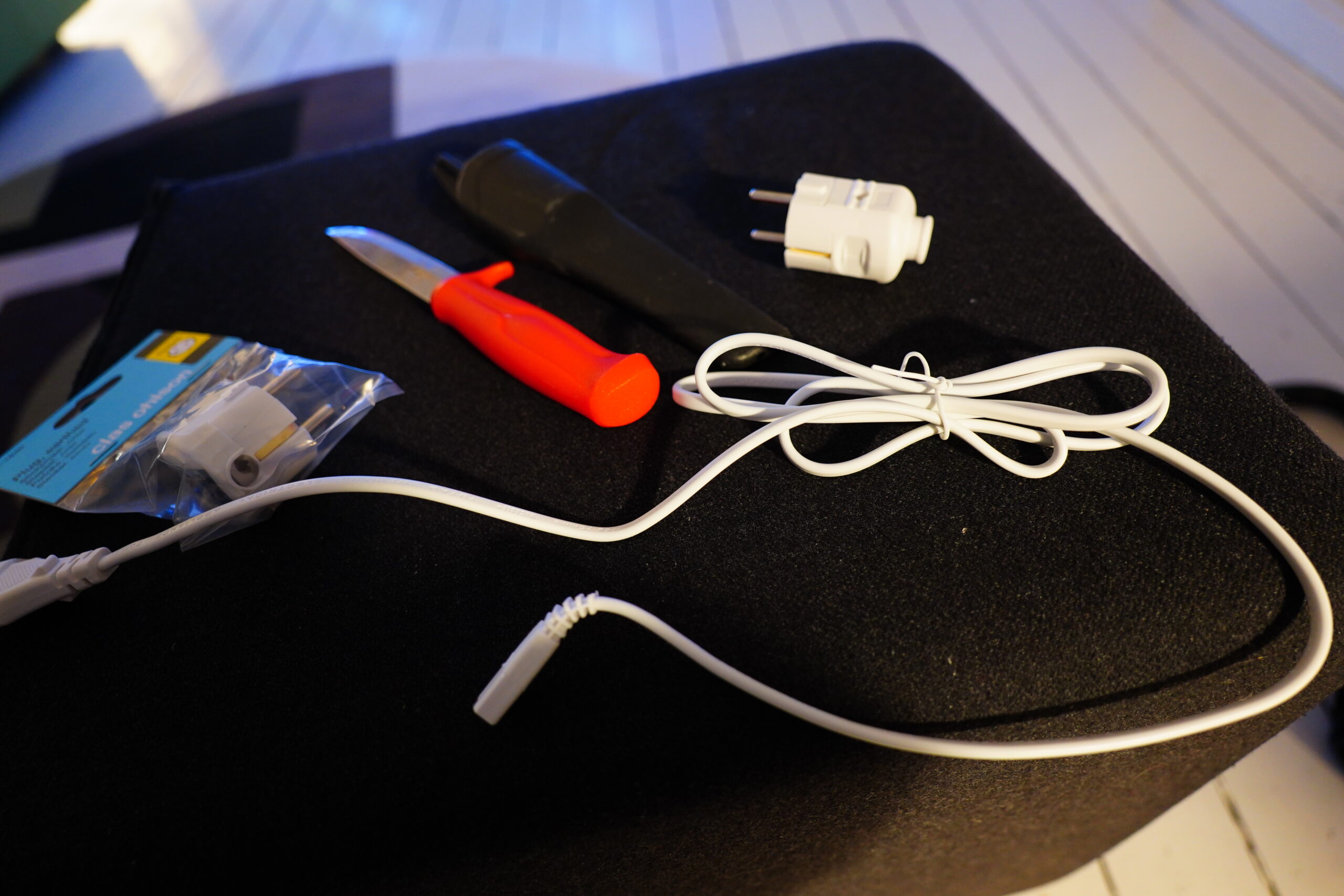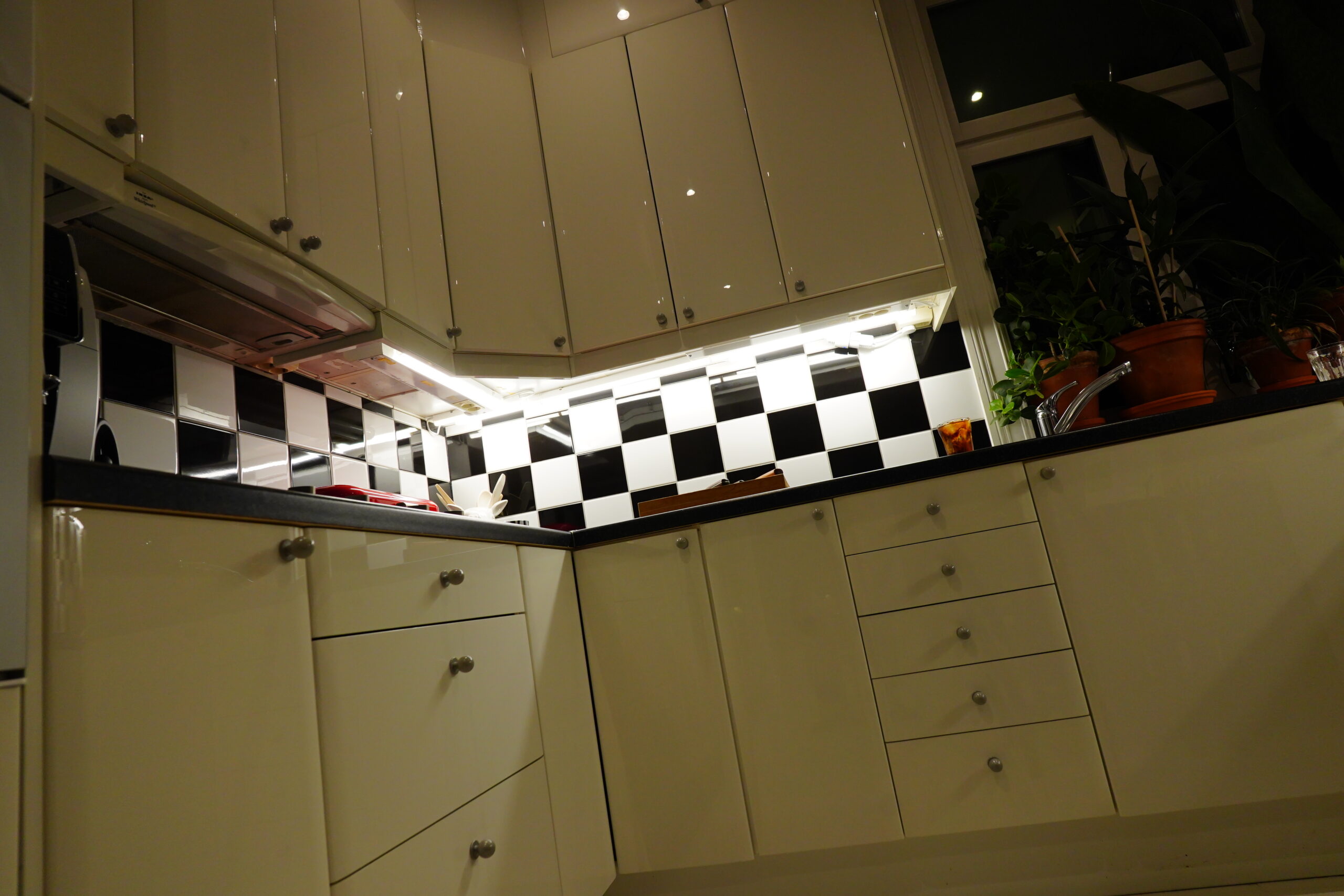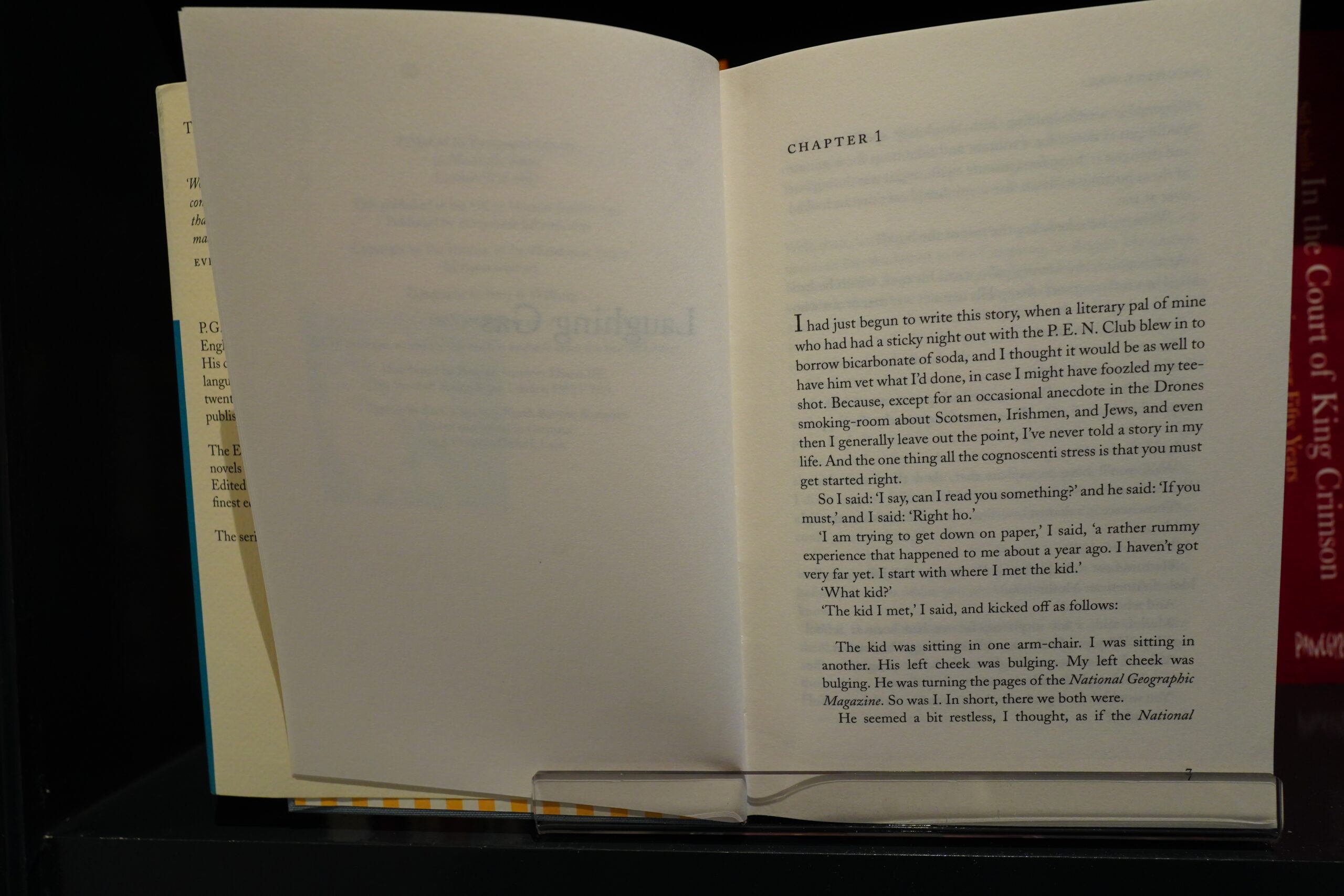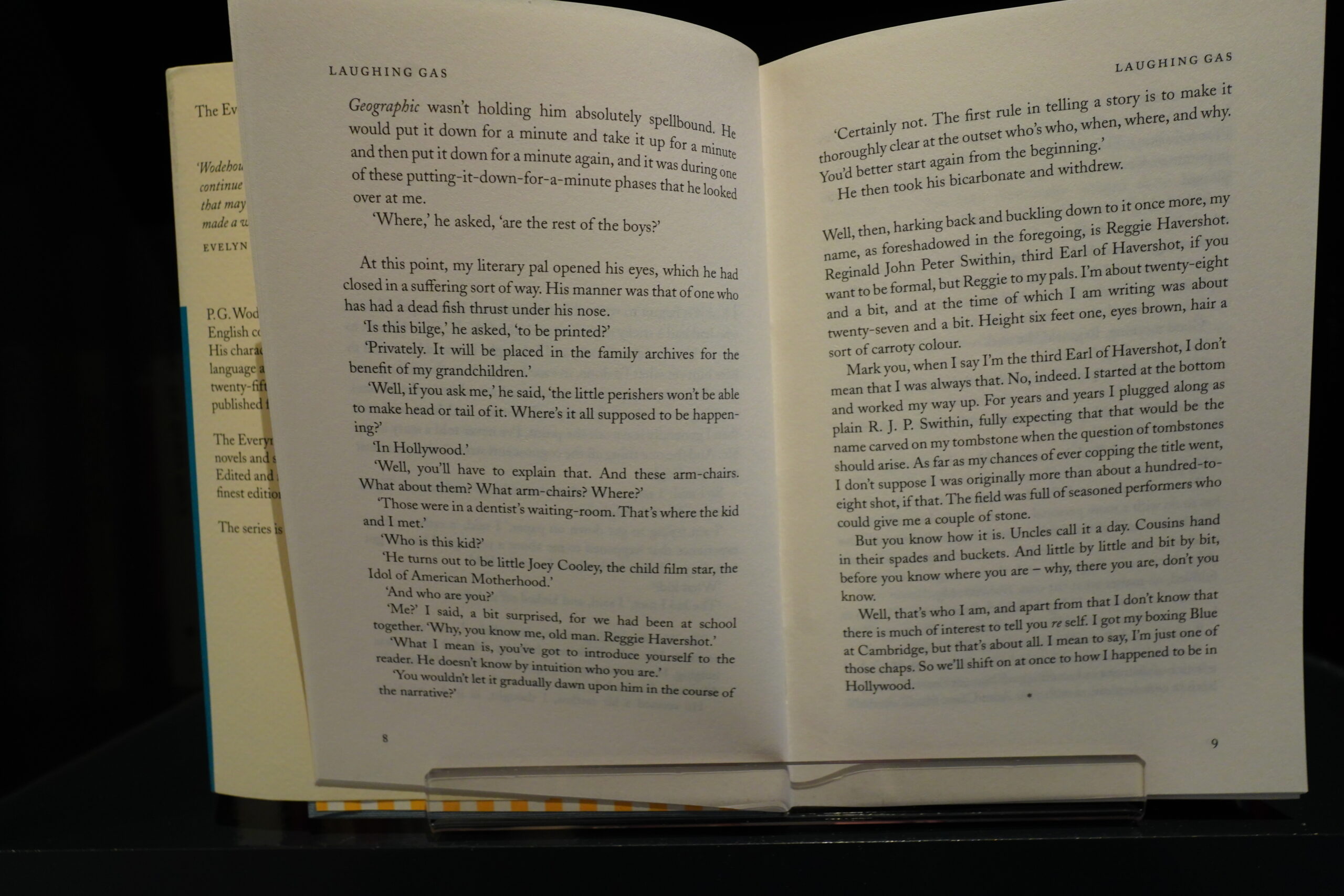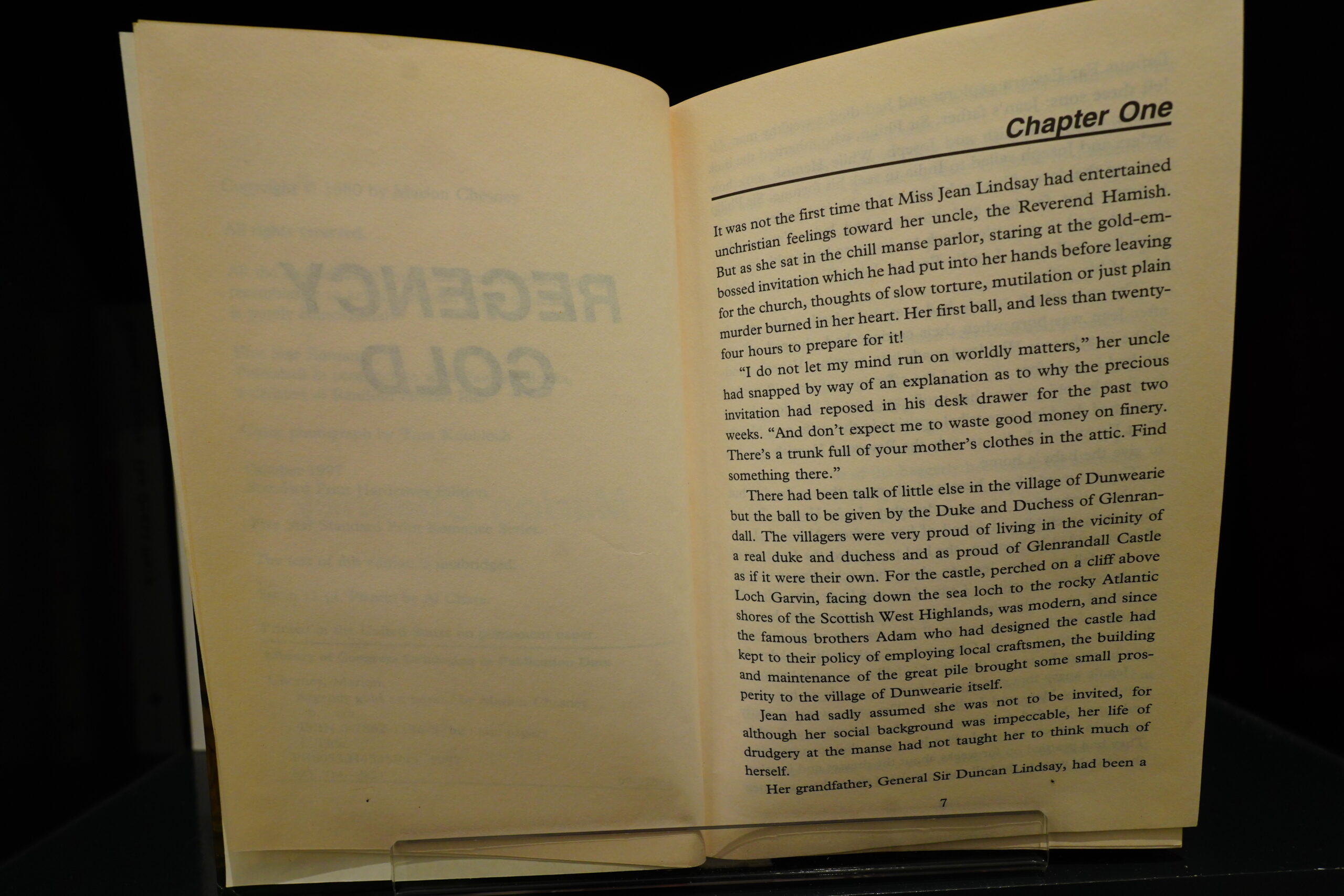Somebody’s been shopping
My new career as an electrician
I recently installed a new set of LED lights under the upper cupboards, but plugged them in from a different place than they used to be. And then I noticed to my horror that I could see the dangling electrical cord here.
Lemme enhance for you:
THE HORROR.
And the reason is that I need to have one of these plugs in between so that I can switch off the lights automatically.
Now, in more civilised countries, things like the above exists, but not here.
So I guess I just have to make my own.
See, there’s these wires…
… and like… stuff…
Ooo shiny!
I think that’s the right order.
Tada!
So now it doesn’t poke down.
But… D’oh! Now the cable to the LED is way too long and dangles.
Well, I’ve got a knife.
And more plugs.
Tada! No dangling!
You have to crouch down to see the horror, but who does that?
Mission accomplished.
Book Club 2025: Laughing Gas by P. G. Wodehouse
It felt like Wodehouse had absolutely perfected his formula in his previous book, The Luck of the Bodkins, so I was wondering how he’d follow that up. And he does that by doing something completely different.
This is a kind of high concept thing that Wodehouse usually doesn’t do — it’s basically Freaky Friday. And he points out several times that the body-switching thing has been done a lot of times before, but he uses the plot device to poke fun at Hollywood in general, and also express some mild indignation as to how Hollywood treats its child stars.
But is it a good book? Euhm… well, yes, it’s Wodehouse, so it’s impeccably written on a scene to scene basis, but this kind of that demands a more tightly plotted book isn’t really Wodehouse’s forté: It sometimes seems more nightmarish than screwball.
It’s pretty good? But it’s far from being Wodehouse’s strongest work.
I wonder whether there’s a history behind it… Wodehouse adapted some of his plays into novels, and those aren’t very good, and they totally seem like theatre adaptations. This doesn’t seem like a screenplay adaptation, but I’m wondering whether the idea originated in something he tried pitching to Hollywood.
Laughing Gas was serialised in This Week magazine (US) in six issues between 24 March and 28 April 1935, illustrated by Wallace Morgan.
Laughing Gas (1936) by P. G. Wodehouse (buy new, buy used, 3.88 on Goodreads)
Book Club 2025: Regency Gold by Marion Chesney
I have glass-fronted box full of Marion Chesney/M. C. Beaton regency romances that bears the inscription: “Break In Case Of Flu”. *cough cough* The closest thing to being asleep is to watch Murder She Wrote, but reading Chesney’s books is a close second.
However, this is the worst book of hers that I’ve ever read. It’s also probably the longest of her regency romances? And that doesn’t work for Chesney at all, because her approach to structure is to just not have any: She establishes a situation, and then just goes through various permutations until she has enough pages (usually about 170) and then in the final chapter, the evil miscreants all die because of various misfortunes, and the protagonists get married. The end!
This is perfect for when you have a fever, because you don’t have to think at all. But in this book, Chesney just flounders — there’s about a dozen attempts on the heroine’s life, and the heroine and her intended break up about the same number of times. It’s just incredibly tedious, and I gave up on the book about reading three quarters of it, because I decided that I just didn’t care at all.
Indeed.
I do think that if you cut this down to Chesney’s usual length, it wouldn’t have been all bad, though — there’s some scenes here that are even more satisfyingly ludicrous than usual, and that’s saying a lot. Did Chesney feel that she had so interesting characters that she could do a Wodehouse and putter along amiably or something? Bewildering.
Regency Gold (1980) by Marion Chesney (buy used, 3.43 on Goodreads)


